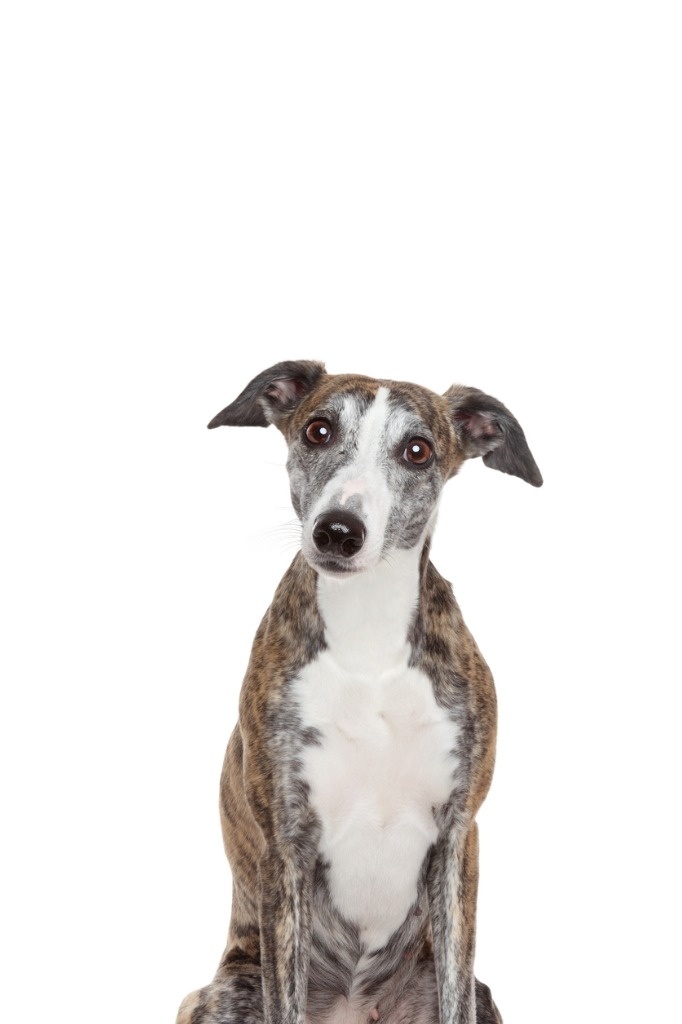From Heart Diseases to Joint Issues While Greyhounds are generally considered a healthy breed, there are still several health issues that can affect them. Some of the most common health problems that Greyhounds can experience include heart diseases, joint problems, and eye issues. Greyhounds are particularly vulnerable to heart diseases such as dilated cardiomyopathy (DCM), a condition where the heart's walls become thinner and weaker, which can lead to heart failure.
Greyhounds can also experience arrhythmias, which are irregular heart rhythms that can cause fainting or even sudden death. It's important to have your Greyhound regularly checked by a veterinarian and be aware of any symptoms of heart problems, such as coughing or shortness of breath. Joint problems are also a common health challenge for Greyhounds, as they are a large and active breed.
Greyhounds can experience issues like hip or elbow dysplasia, where the joints do not fit properly, leading to pain, stiffness, and reduced mobility. Greyhounds can also have spine problems, such as intervertebral disc disease, which can lead to paralysis or loss of mobility. Regular exercise and activity on soft surfaces can help prevent joint issues in Greyhounds, and any symptoms of joint problems should be examined by a veterinarian.
Finally, Greyhounds can also experience eye problems such as cataracts or retinal detachment, which can lead to vision loss. It's essential to have your Greyhound's eyes regularly examined by a veterinarian and be attentive to any symptoms of eye problems, such as red or swollen eyes or signs of irritation. In the end, it's essential to remember that regular visits to the vet and attention to your Greyhound's health and behavior can help prevent and treat health problems that may affect them.
Preventing and Treating Parasites in Greyhounds
Deworming, Tick Prevention, and Flea Control As with all dogs, parasites can be a challenge for Greyhounds. Parasites such as worms, ticks, and fleas can affect your dog's health and well-being, so it's essential to take preventive measures and seek treatment if your Greyhound becomes infected. Deworming is a vital part of keeping your Greyhound free of internal parasites, such as roundworms and tapeworms. Your veterinarian can recommend an appropriate dewormer for your dog, and it's important to follow the recommended dosage and frequency for effective treatment.
It's also important to maintain good hygiene practices and avoid contact with contaminated areas to prevent worm infestation. See our selection of dewormers here Ticks are a particular concern in certain areas and can transmit diseases such as Lyme disease. Various products are available to protect your dog from ticks, including collars, topical treatments, and oral medications.
It's essential to choose an appropriate tick prevention method for your Greyhound and apply it regularly, especially when your dog is in high-risk tick areas. See our selection of tick products here Fleas can also affect your Greyhound's health and well-being, and it's essential to prevent and treat a flea infestation as quickly as possible. Flea control products come in the form of collars, spot-on treatments, and oral medications.
It's important to apply an appropriate flea control product and treat both your dog and its environment to get rid of fleas entirely. See our selection of flea control products here Remember that prevention is the best method to protect your Greyhound from parasites. Regular vet visits and attention to your dog's behavior and well-being can also help identify and treat any parasitic infections early.



